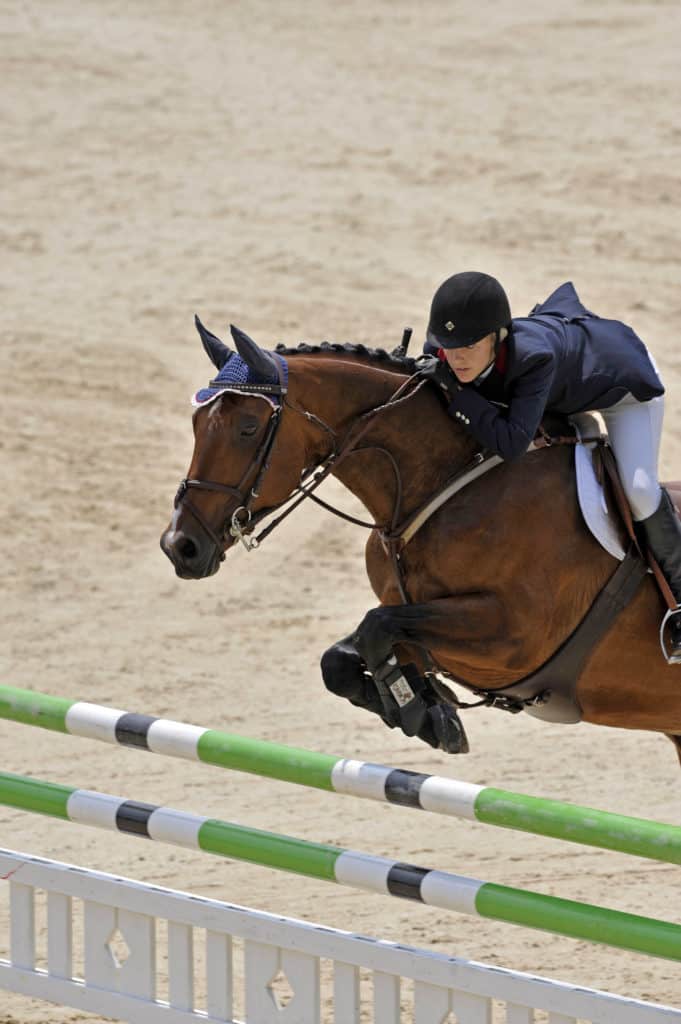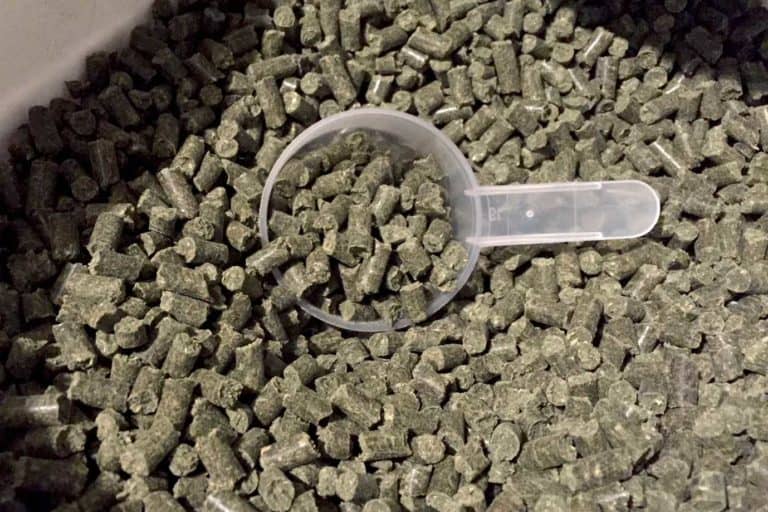‘Embryonic’ Stem Cells and Tendonitis Repair (AAEP 2010)
Embryonic stem cells (ESCs, cells derived from embryos or generated using genetic means) have improved growth potential and are pluripotent, meaning they can form any tissue type to produce optimal healing. Unlike stem cells derived from an adult






















